Visual Solutions - Laser
Um diesen Film anzuzeigen muss Javascript aktiviert
und der Flash Player installiert sein.
und der Flash Player installiert sein.
TONI does not offer Lasers as such. This website is only intended to give a market overview.
Handheld Lasers
Specifications:
|
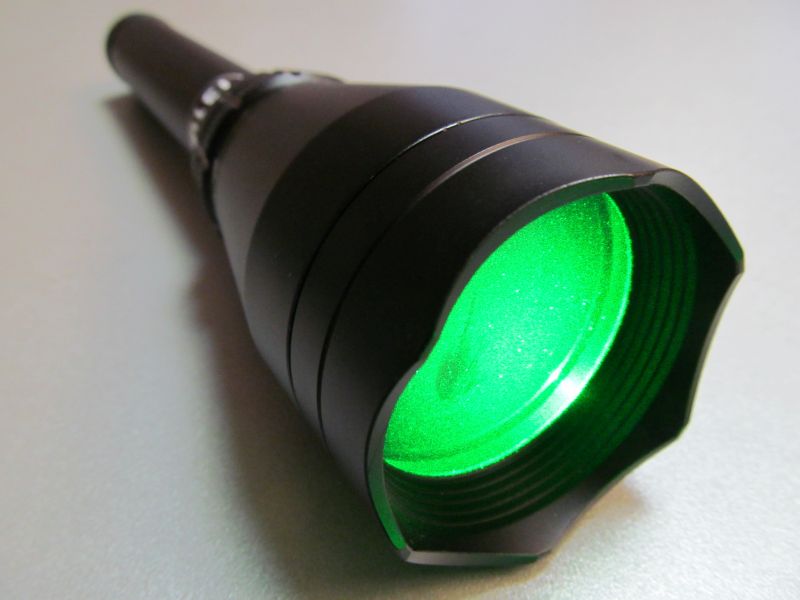 |
Automatic laser
For large areas or heavy bird pressure, automatic laser solutions are available. This laser scans the environment on a preset program, or one programmed by the user, making it easy to protect large areas with minimal effort. When birds are "hit" by the laser, they will leave the area.- automatic laser system for bird control for large areas
- applicable to geese, ducks, sparrows, starlings and some other birds
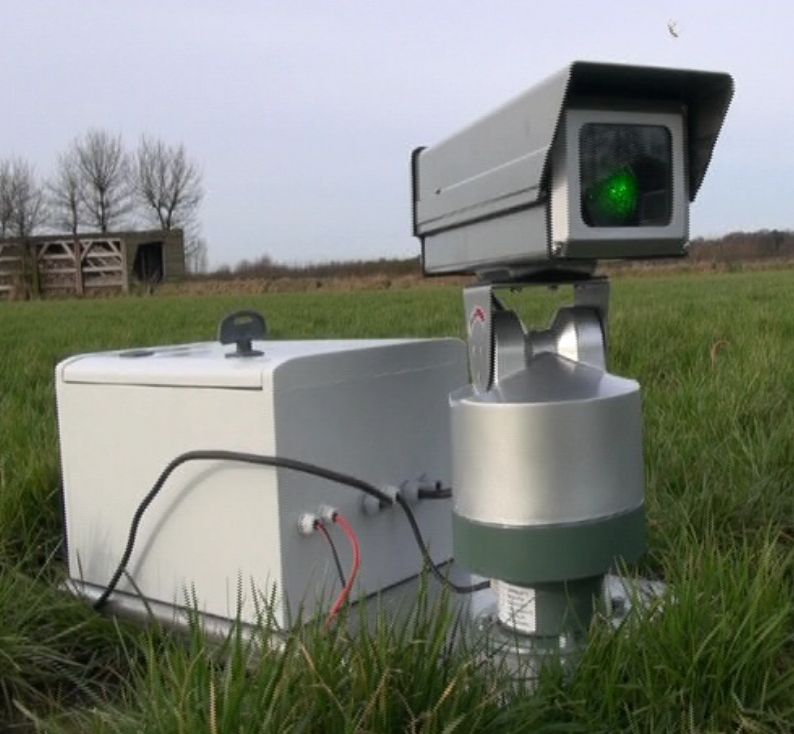 |
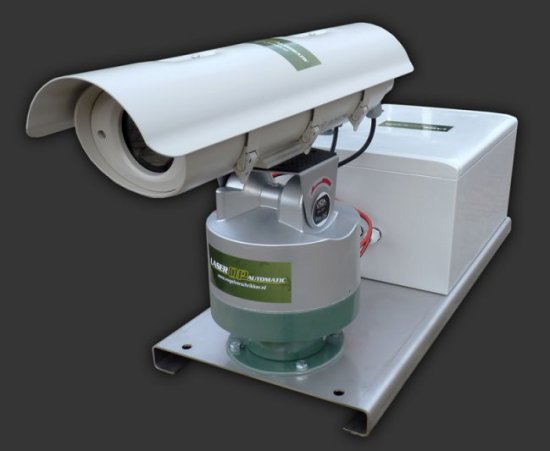 |
Automatic laser for indoor ceilings
For large halls, there is an automated Laser V2.1. This laser protects the ceilings of large, open buildings from birds. It is suitable for preventing birds entry to large warehouse and production facilities. The laser is installed under the warehouse ceiling and is permanently scanning only the ceiling. When the laser "hits" the birds, they will leave the area.
- the only available automated laser system for bird control for warehouses and industrial buildings
- use against sparrows, starlings and some other birds
- 1 device covers from about 20 x 10m. For large buildings, units can be combined.
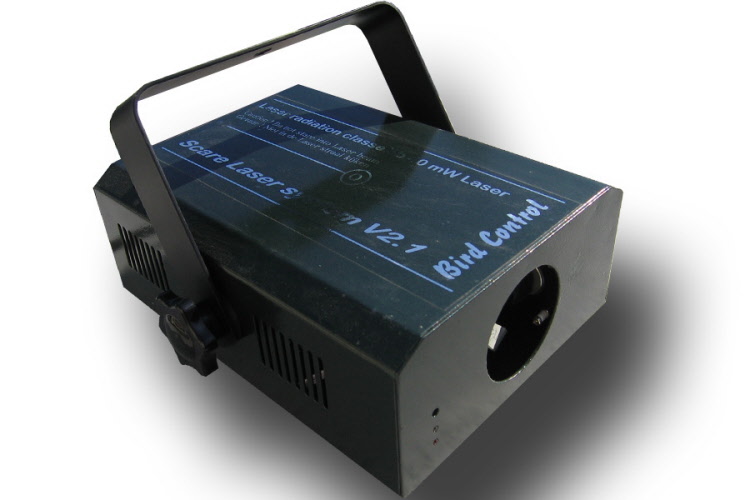 |
Handheld Lasers
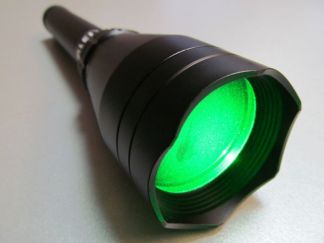
Handheld Laser
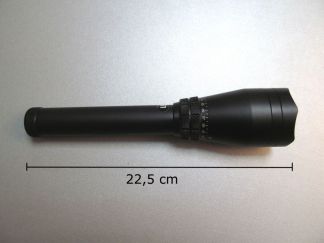
Handheld Lasers
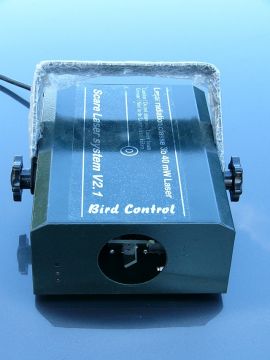
Laser V2.1 for large interiors

Laser V2.1 for large interiors
Pros
- Laser light is harmless to birds but extremely effective
- No habituation of birds possible
- Silent and efficient
- Effective over very long distances
- Automatic Lasers available
Cons
- More expensive than some other methods of control
- Birds generally must be caught in the beam to be repelled
- Some lasers are category III lasers and therefore potentially dangerous for the human eye
